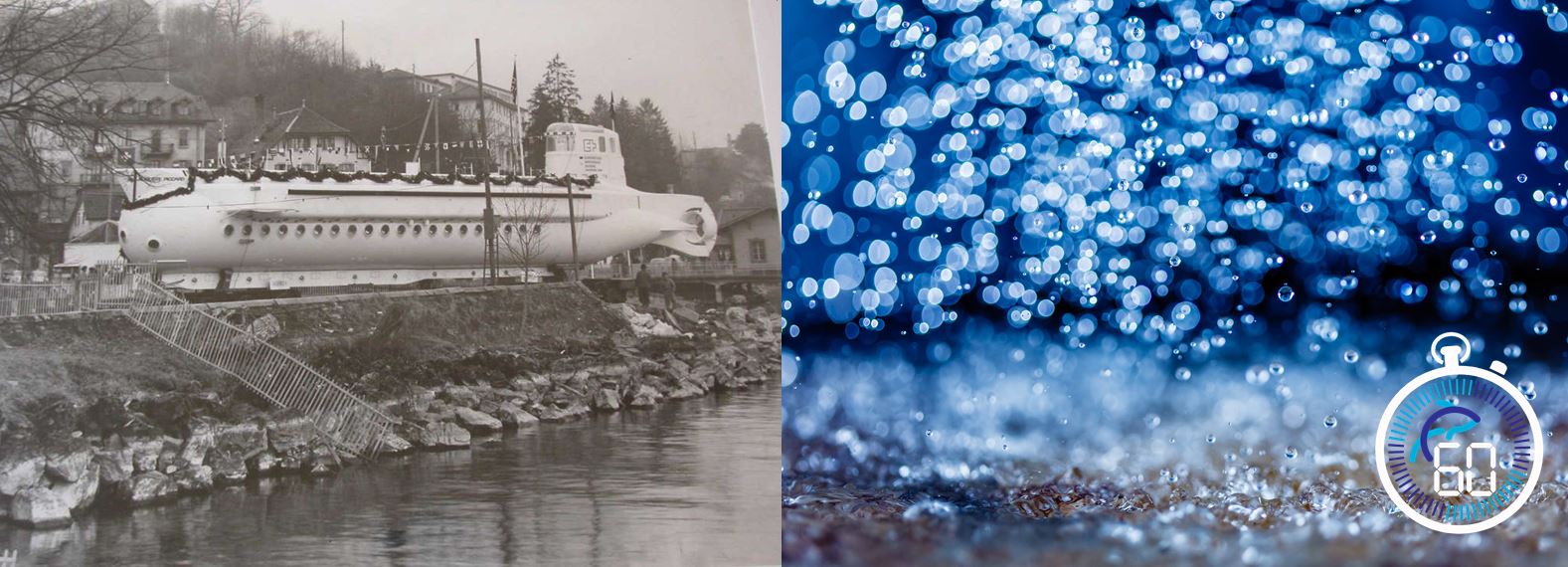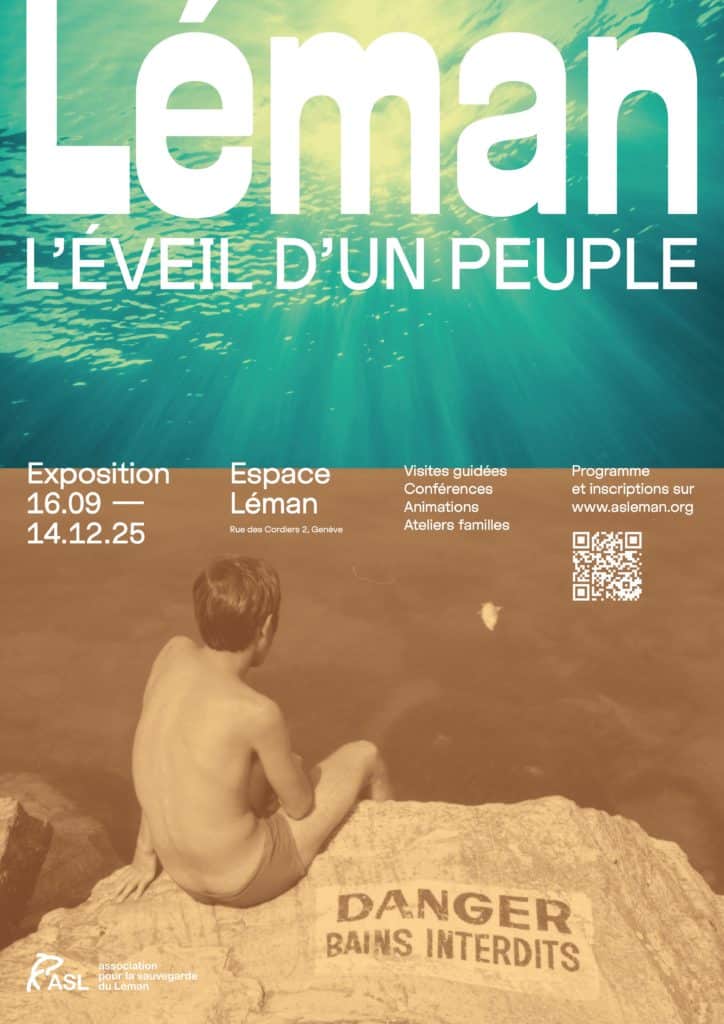During Expo 64 in Switzerland, the world's first tourist submarine was launched in Lake Geneva. It was the Piccard family's Mesoscaph in Lausanne. It was a very special order from the organisers, who wanted "an attraction that could be the highlight of the event, while at the same time honouring the spirit of initiative of engineers and industry". The project was initiated by Auguste Piccard and when he died, his son Jacques Piccard pursued the idea of building a submarine capable of carrying around forty people. The gamble paid off: the submarine, named Auguste-Piccard, took more than 3,300 curious visitors on 110 dives to the depths of Lake Geneva. Capable of descending to 300m, the submarine never went deeper than 170m with tourists on board.
Unfortunately, this unique attraction was hampered by the lack of visibility underwater. According to an RTS reporter, as soon as you reached 50 metres, the water was clouded with suspended particles and water fleas, like an opaque cosmos.
In the glow of the Mesoscaphe's spotlights, visitors could see fine white balls that looked like snow. A winter landscape at the bottom of the lake! But how is this possible?
This "snow" is due to the presence of lime carbonate (or calcium carbonate, CaCo3), which precipitates in Lake Geneva and accumulates at the bottom as lake chalk or whitish mud. Carbonate is the main constituent of limestone, which is brought in by the tributaries of Lake Geneva after being washed out of the rocks by rain.


